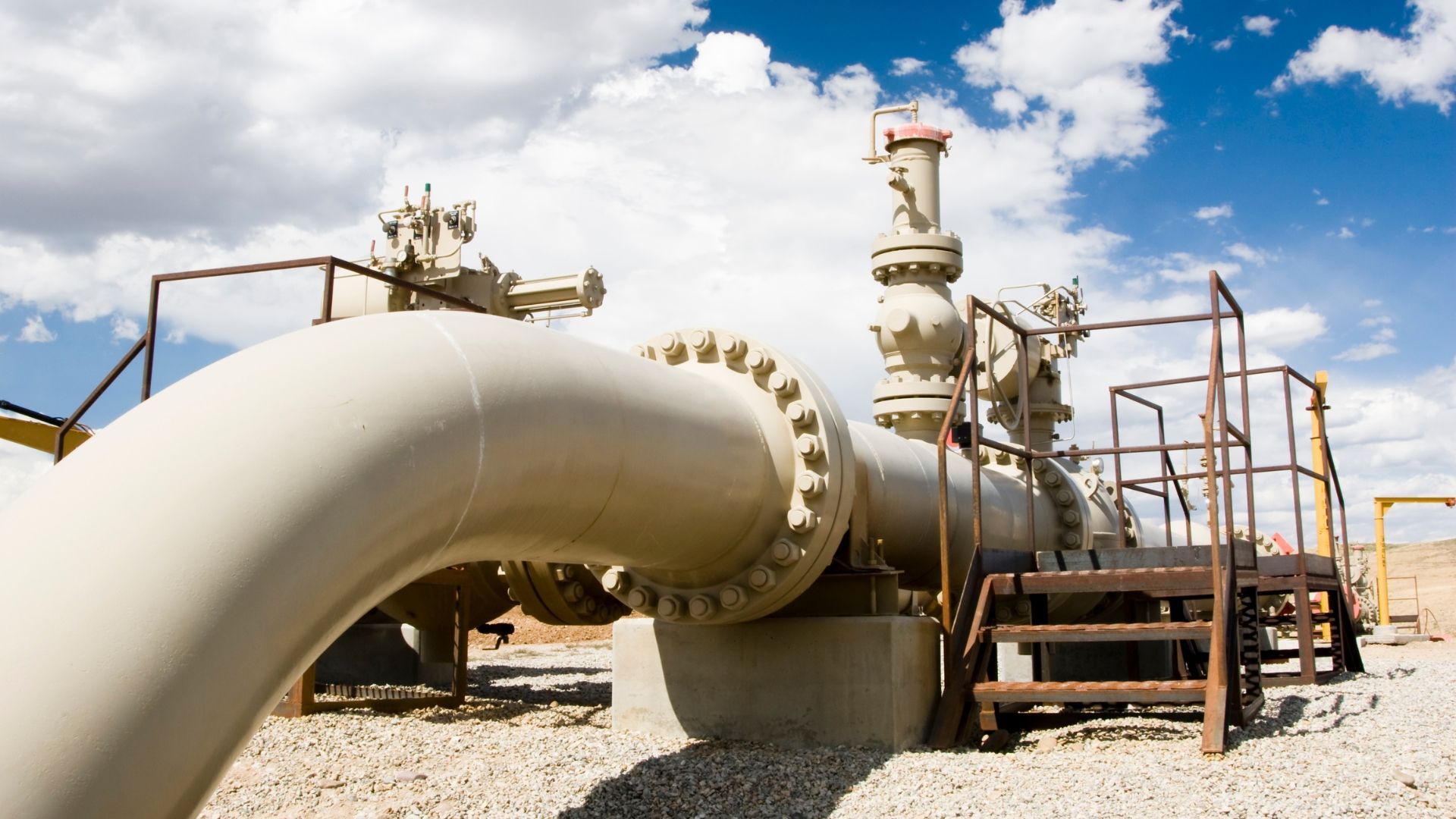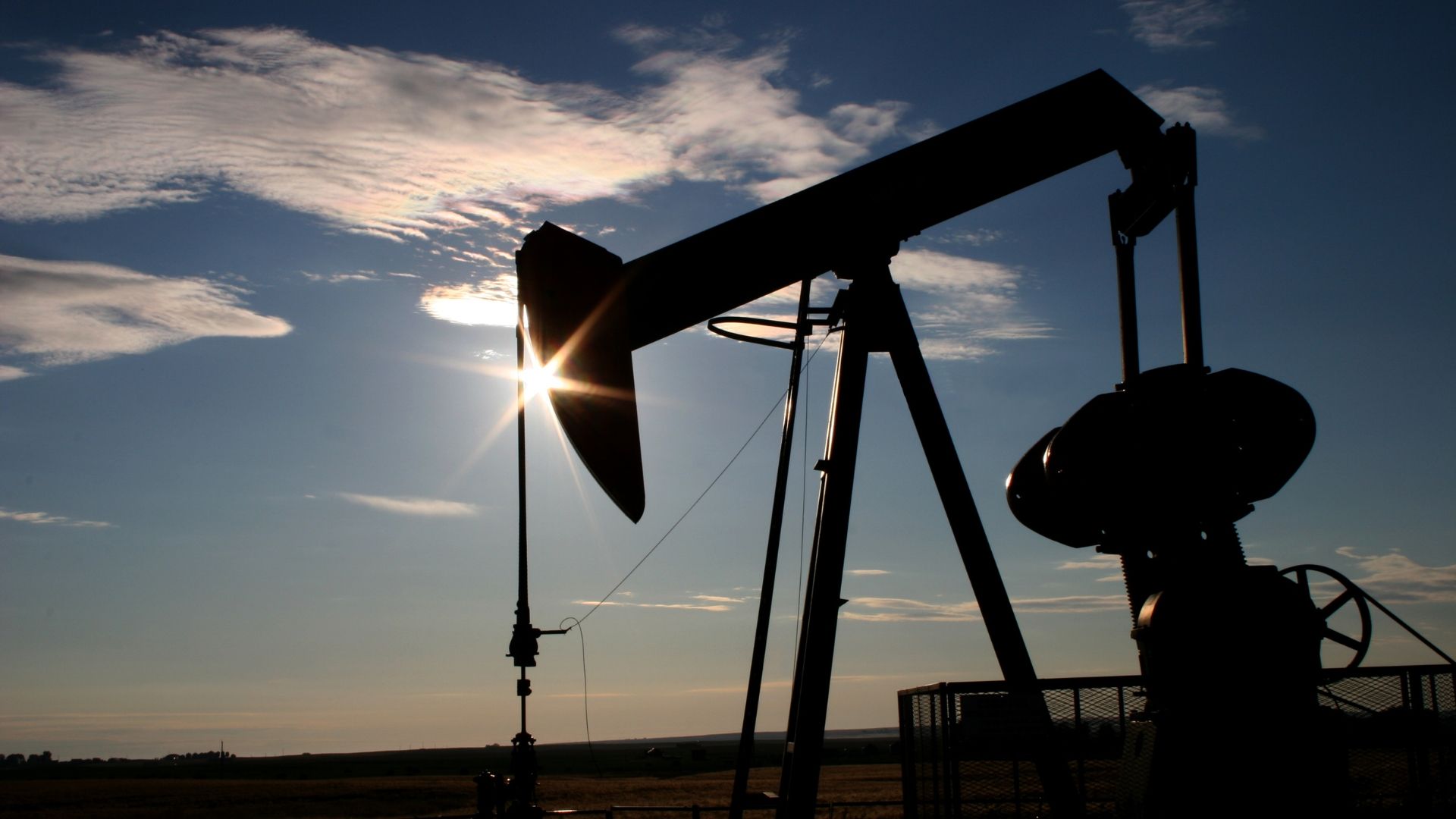Analysis by Eric Roston and Leslie Kaufman | Bloomberg
August 14, 2023 at 10:33 a.m. EDT
The world’s top climate scientists have been alarmingly clear. If we’re to avoid the most calamitous consequences of warming our planet, they’ve said, we must radically cut greenhouse gas emissions and get as good at taking carbon dioxide out of the atmosphere as we’ve been at putting it in. Even if solar panels and wind turbines sprout like mushrooms, reaching “net zero” will require capturing large amounts of emissions from activities that are hard to decarbonize, like making cement. Holding temperatures down will also require vacuuming huge amounts of carbon out of the air. Today, projects devoted to these tasks are too insignificant to come close to reaching these goals. The US is now leading a global push to change that.
1. How much more carbon capture is needed?
According to an assessment of carbon-removal efforts globally published in January, currently about two billion metric tons of carbon dioxide are being removed a year. The vast majority of that is achieved through land management – mainly planting trees. The researchers behind the report, led by the University of Oxford’s Smith School of Enterprise and the Environment, concluded that to keep temperatures from rising 2 degrees Celsius above mid-19th century levels by 2050 would require a gigantic step up of that effort. Twice as much carbon would need to be removed by that year on an annual basis using trees and soils, they said, and roughly 1,300 times as much would have to be sucked up using new technologies.
2. Why wouldn’t planting a gazillion more trees get us further?
Everyone likes the idea of planting more trees to pull carbon from the air through photosynthesis. But there’s a limit to this solution. Researchers in 2017 estimated that reforestation and other such “natural climate solutions” could produce 37% of the cuts needed by 2030 to put the world on track to meet the goals of the 2015 Paris Agreement. But that much tree-planting would likely require high-quality land three times the size of India. And meanwhile, global warming has made it even more difficult to protect the forests we already have, in the Amazon and elsewhere. Higher temperatures dry out vegetation, leaving them combustible. Among the countries recently affected by wildfires are Greece, Portugal, Canada and the US. The number of fires and area of burned forest doubled in the western US between the 1980s and 2010s. What’s more, trees need decades to start pulling down CO₂ at the needed scale — time the world doesn’t have to zero-out emissions.
3. What are the other main options?
There are two main methods, known as carbon capture and storage (CCS), and direct air capture (DAC). Capture-and-storage has gotten most of the attention so far, largely because it’s been promoted by the fossil fuel industry as the thing that will solve its emissions problems. If you remember hearing the phrase “clean coal,” it was likely a reference to a CCS plant – or, more likely, an idea of one rather than something that actually existed.
4. How does CCS work?
Think of a vacuum cleaner set on top of a smokestack. CCS involves collecting CO₂ as it’s being emitted by a big source of pollution – by generators burning fossil fuel to make electricity or by factories or other industrial facilities – then sending it for use elsewhere or for storage deep underground. The technology dates to the 1970s, when oil companies in the US realized that pushing CO₂ into aging oil wells would allow them to squeeze out a bit of extra oil. They discovered that the carbon remained trapped in the surrounding rock. Then in the 1990s, as climate became more of a public concern, Norwegian oil giant Equinor ASA began sinking CO₂ in saline reservoirs so it could avoid paying a carbon tax. Ever since, CCS has been discussed as a way to limit the damage caused by fossil fuels without having to abandon them.
5. What’s the challenge for CCS?
The cost. Since 2010, dozens of projects have been shelved because the technology was too expensive. After nearly 50 years of commercial use, there are only about 40 large-scale facilities that have CCS; altogether, they capture roughly 45 million tons of carbon annually, or about 0.1% of global emissions. CCS is also opposed by many climate activists. They say energy companies are using the prospect of CCS to slow the transition to an all-renewables economy. The group Friends of the Earth called the UK government’s support for two CCS projects “an attempt to put a green gloss” on a plan to grant hundreds of new licenses for oil and gas production in the North Sea.
6. What’s the case for CCS?
Some stark climate math. Since some crucial industries such as steel and cement production rely on carbon-based chemical processes or temperatures that are hard to reach except by burning carbon, climate scientists and many governments, businesses and investors have come to assume that CCS will be an inevitable part of getting to zero.
7. What is direct air capture?
If CCS is a vacuum cleaner on a smokestack, DAC is one set out in the open air. Cleaning up carbon this way is a much harder task: While nearly one-fifth of the gas going up a coal-burning plant’s smokestack is carbon dioxide, the atmosphere is only about 0.04% carbon. Research labs and startups are developing competing DAC methods using a variety of chemical reactions. (One of carbon’s notable characteristics is the ease with which it binds to other materials.) In some cases, the product is recycled for commercial purposes into such products as industrial chemicals or plastics. In others it’s stored permanently beneath the ground, as with CCS.
8. What are the challenges for DAC?
Again, the industry is barely into infancy. Less than two dozen plants operate on a small scale. The largest, in Iceland, takes from the air and stores geologically about 4,000 tons of carbon annually. That’s an amount equal only to the annual emissions of 250 average US citizens. And right now DAC is extremely expensive.
9. What’s the US doing to advance carbon capture?
- The US Inflation Reduction Act of 2022, aimed largely at promoting clean energy production domestically, increased the tax credit for CCS projects from $50 to $85 per ton of carbon. That’s a level that CCS advocates are hopeful will lead to construction of capture facilities in industries such as power, cement, steel and petrochemicals. CCS is now “positioned to play an important role in decarbonizing the US economy,” according to BloombergNEF.
- The same legislation lifted DAC tax credits from $50 to $180 a ton. An infrastructure law enacted in 2021 includes $3.5 billion to support DAC projects. In early August, the Energy Department announced it had selected two projects for the first tranche of funding, up to $1.2 billion. Once operational, the projects, planned for Texas and Louisiana, are expected to remove more than 2 million metric tons of carbon dioxide a year from the atmosphere, the equivalent of taking nearly half a million gas-powered cars off the road, Energy Secretary Jennifer Granholm said.
10. What are others doing?
- The EU in late 2021 set a goal of removing 5 million tons of carbon from the atmosphere annually by 2030. It was an early backer of Swiss startup Climeworks AG, which built the Iceland plant.
- In addition to supporting CCS projects, the UK government is spending 100 million pounds ($135 million) to support early-stage DAC technologies. It expects the technology will need to be scaled up in the late 2020s and early 2030s to help hit the country’s target of reaching net zero emissions by 2050.
- Some companies are mobilizing on their own. Stripe, Google, JPMorgan and McKinsey and among the members of Frontier, a project that arranges the advance purchase of carbon removal credits from startup companies. The group in May pledged $53 million to Charm Industrial to remove 112,000 tons of carbon by 2030.
11. Are there other methods of carbon capture?
Yes, though none of them have yet been shown to be more practical than CCS or DAC, and some come with greater risks or unknowns.
- Bioenergy with carbon capture and storage (BECCS): First, plants are grown that absorb carbon. Then that biomass is burned to generate power. Those emissions are captured and buried, making for a carbon-negative power system. As with reforestation, massive amounts of high-quality land would be needed.
- Soil carbon sequestration: Making changes to agricultural practices, including increased use of cover crops and restoration of grasslands, could increase the amount of carbon that’s stored in the ground.
- Enhanced weathering: Silicate minerals, such as basalt, absorb carbon when exposed to air. Some scientists have proposed that grinding such stones to powder and spreading it over large areas could speed that process. Crushing and spreading the stone may involve large outlays of energy, but increased crop yields could be a benefit.
- Ocean fertilization: In theory, adding iron to ocean waters could promote the growth of plants that can absorb carbon and store it on the seabed. In practice, there have been worries about side effects and whether it would even work.
- The International Energy Agency’s website on carbon capture, and a report on its role in reaching net zero by 2050.
- A Bloomberg News article on environmentalists’ opposition to carbon capture provisions in the 2021 US infrastructure bill, and a letter from a group of scientists calling carbon capture an obstacle to a clean energy transition.
- A Bloomberg News feature on the world’s largest direct air capture plant, in Iceland.
More stories like this are available on bloomberg.com
©2023 Bloomberg L.P.







